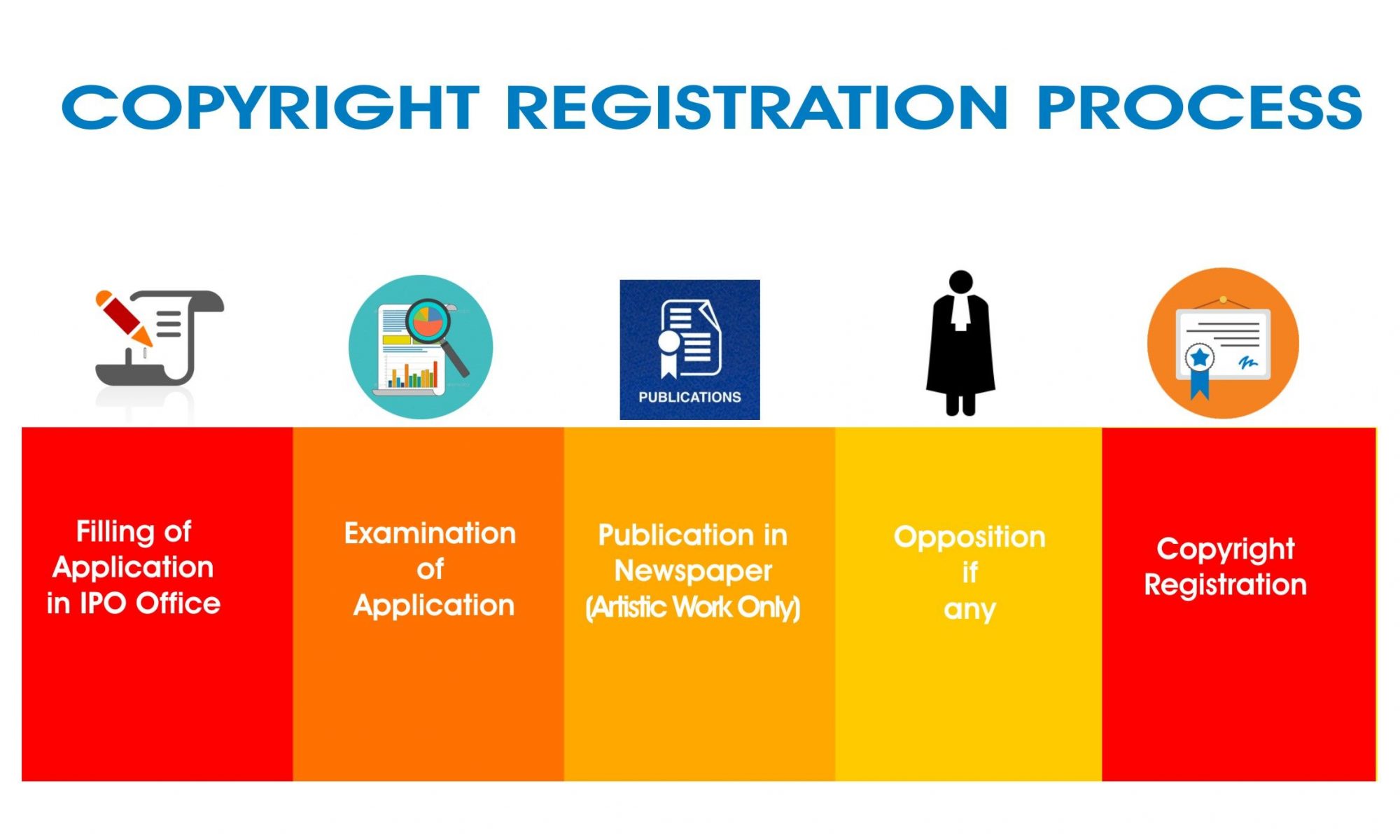Copyright Registration Process
Copyright is a protection given for Literary, Artistic, dramatic and Musical work and for producers for Cinematographic films and Sound Recording. In fact it is a bundle of right which is given for rights of reproduction, communication to the public, adaptation and translation of the work. Basically it is a right given to the creators, as India is a developing economy and through new creations only India is getting developed day by day. Therefore it safeguards the rights of the Authors over their creations and thereby creation is protected and Rewarded.
Also Read. : BIS Registration Process In India
Copyright Registration process
Firstly Application for Copyright Registration is to be filed by an Applicant, and there should be separate application for each registration if there are more than application and each application should be accompanied with the prescribed fees which is given or provided by the Registry. And that Application should be firstly signed by an applicant itself and by the Advocate whose Vakalatnama and Power of attorney is attached or has been executed. And that Vakalatnama shall be signed by the party and accepted by the Advocate, and hat acceptance should be enclosed.
Then Diary Number is being allotted by the Registry to the Applicant, and after getting your Diary Number you have to wait for he mandatory period of days so that no objection is raised in the copyright office against your claim that particular work is not created by you.
Then if there will be no Objection then there will be scrutinization by the examiner, then after scrutinization they will search for Discrapencies, if no dicrapancy found then copyright registration will be approved by the Registry, but there is any discrapancy found then discrepancy letter will be issued to the Applicant, and reply to that letter will be prepared by the Applicant, and then hearing by the registrar will be conducted then either approval or rejection for registration will be done.
And if there is an objection raised in the Copyright office hen letter for objection will be served to both the parties, and then reply has to be filed by both the parties, then hearing will be conducted by the Registrar and then application will either be Accepted or rejected , if Application is accepted then check for discrapancy will be conducted and discrapancy is found then letter will be issued to the Applicant and then Applicant will prepare the reply, and then mater will be gone for hearing and then registrar will either accept the application or will reject it. And finally if the application is approved then Application for copyright will be registered and if rejected then application will be rejected.
Also Read : Trademark registration process in India
Therefore through copyright literary, artistic, dramatic and musical work can be copyrighted, you can also file a copyright application for your website or other computer programme, for any computer software and computer programme can be registered as Literary work. And as er section 2(o) of Copyright Act, 1957 literary work includes Computer programme, tables and compilations, including computer databases. Therefore Copyright protection prevents undue proliferation, of private products of work, and ensures that the individual owner retains significant rights over their creations.
BIATConsultant is #1 online legal consultant in India serving clients since 2004. .










